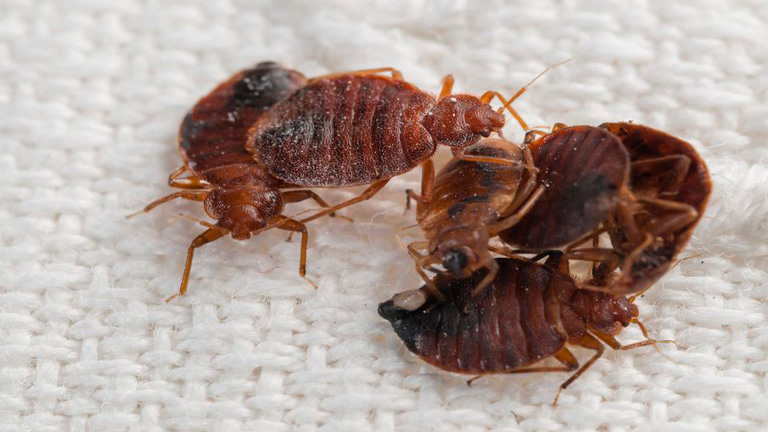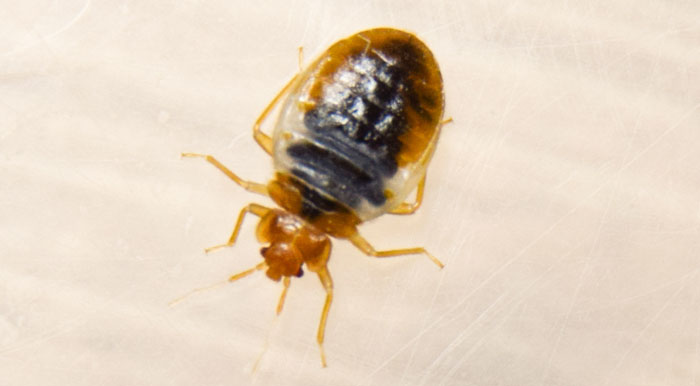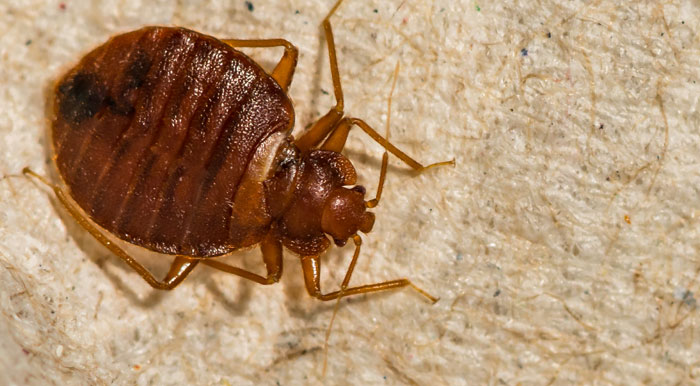Bed bugs are a common household pest that feed on human blood, causing itchy bites and generally irritating their human hosts. The Environmental Protection Agency (EPA), the Centers for Disease Control and Prevention (CDC), and the United States Department of Agriculture (USDA) all consider bed bugs a public health pest.
There are three types of bed bugs that feed on humans: C. lectularius, C. hemipterus, and L. boueti. In this article, we will discuss the different types of bed bugs and how to identify them.
You are reading: The Different Types Of Bed Bugs

The Different Types Of Bed Bugs
C. lectularius

Cimex lectularius is a species of Cimicidae (bed bugs) that is one of the world’s major “nuisance pests”. Its primary hosts are humans, and it is found all over the world in almost every area that has been settled by humans.
Bed bugs are not known to transmit any diseases to humans, but they have been found with methicillin-resistant Staphylococcus aureus (MRSA) and with vancomycin-resistant Enterococcus faecium (VRE).
Read more : 5 Types Of White Caterpillars
Bed bug bites or cimicosis may lead to a range of skin manifestations from no visible effects to prominent blisters. Cimex lectularius is cosmopolitan in distribution, and it is difficult to distinguish from other bed bug species.
The thermal death point for C. lectularius is 45 °C (113 °F), and all stages of life are killed by 7 minutes of exposure to 46 °C (115 °F). Bed bugs apparently cannot survive high concentrations of carbon dioxide for very long.
C. hemipterus

Cimex hemipterus, also known as the tropical bed bug, is a species of bed bug that primarily resides in tropical climates. However, it has been reported that this species can live in more temperate climates along with the closely related bed bug species C. lectularius.
C. hemipterus is a hematophagous, obligate parasite of humans, which means that it requires blood meals from their human hosts in order to survive. When bitten, humans experience itchiness, wheals, and lesions around the affected areas on the skin.
This species typically resides in human domiciles within cracks, crevices, or mattresses, and is more prevalent in developing countries. Like other bed bugs, C. hemipterus is primarily active during the night time. It is difficult to distinguish C. hemipterus from other bed bug species.
L. boueti
Leptocimex boueti is a species of bed bug that is found in West Africa and South America. This species is primarily interested in bats, but they will feed on humans if it is convenient.
Read more : Discover 4 Types Of Rattlesnakes In Colorado
L. boueti is the least common of the three bed bug species that feed on humans. It is difficult to distinguish L. boueti from other bed bug species. Like other bed bugs, L. boueti is primarily active during the night time.
FAQS
1. What are bed bugs?
Bed bugs are small, flat, parasitic insects that feed solely on the blood of people and animals while they sleep.
2. Where are bed bugs found?
Bed bug infestations usually occur around or near the areas where people sleep. These areas include apartments, shelters, rooming houses, hotels, cruise ships, buses, trains, and dorm rooms. They hide during the day in places such as seams of mattresses, box springs, bed frames, headboards, dresser tables, inside cracks or crevices, behind wallpaper, or any other clutter or objects around a bed.
3. What are the signs and symptoms of a bed bug infestation?
The signs and symptoms of a bed bug infestation include rusty-colored blood spots due to their blood-filled fecal material that they excrete on the mattress or nearby furniture, and a sweet musty odor.
4. How do I know if I’ve been bitten by a bed bug?
Bed bugs are experts at hiding. Their slim flat bodies allow them to fit into the smallest of spaces and stay there for long periods of time, even without a blood meal. A bed bug bite affects each person differently. Bite responses can range from an absence of any physical signs of the bite, to a small bite mark, to a serious allergic reaction.
5. What are the different types of bed bugs?
There are three types of bed bugs that feed on humans: C. lectularius, C. hemipterus, and L. boueti.
6. How can I control a bed bug problem in my home?
It can be done, but it usually requires what is called an “integrated pest management” (IPM) approach. This combines techniques that pose the lowest risk to your health and the environment. Try these strategies: vacuuming, steaming, laundering, encasing mattresses and box springs, sealing cracks and crevices, and using pesticides.
Source: https://petstutorial.com
Category: Animals










